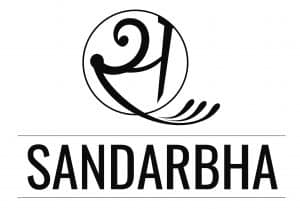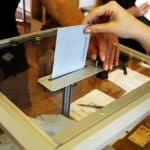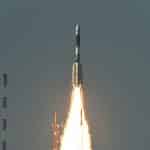Chapter 11: Light, Shadows and Reflections
- Objects like the sun that give out or emit light of their own are called luminous objects.
- A given object could be transparent, translucent or opaque depending on whether it allows light to pass through it completely, partially or not at all.
Shadow
- We need a source of light and an opaque object to see a shadow.
- The shadow can be seen only on a screen.
- Light travels along a straight line. That is why, when opaque objects obstruct it, a shadow forms.
Mirrors and Reflections
- A mirror changes the direction of light that falls on it.
Chapter 12: Electricity and Circuits
Electric Cell
- Electric Cell is a source of electricity.
- All electric cells have two terminals: positive and negative.
- It has a small metal cap on one side and a metal disc on the other side.
- The metal cap is the positive terminal of the electric cell.
- The metal disc is the negative terminal.
- The cell produces electricity from the chemicals stored inside it.
- When the chemicals in the electric cell are used up, the electric cell stops producing electricity.
Bulb
- A bulb has an outer case of glass that is fixed on a metallic base.
- The thin wire inside the bulb which gives off light is called the filament of the bulb.
- The filament is fixed to two thicker wires, which also provide support to it.
- One of these thick wires is connected to the metal case at the base of the bulb.
- The other thick wire is connected to the metal tip at the centre of the base.
- The base of the bulb and the metal tip of the base are the two terminals of the bulb. They are fixed in a way that they do not touch each other.
An Electric Circuit
- The Electric Circuit provides a complete path for electricity to pass (current to flow) between the two terminals of the electric cell. The bulb glows only when current flows through the circuit.
- In an electric circuit, the direction of current is taken to be from the positive to the negative terminal of the electric cell.
- When the terminals of the bulb are connected with that of the electric cell by wires, the current passes through the filament of the bulb. This makes the bulb glow.
- Sometimes a bulb does not glow even if it is connected to the cell. This may happen if the bulb has fused.
- A break in the filament can cause the bulb to fuse. This means a break in the path of the current between the terminals of the cell.
Electric Switch
- A switch is a simple device that either breaks a circuit or completes it.
Electric Conductors and Insulators
- Materials which allow electric current to pass through them are conductors of electricity. Switches, electrical plugs and sockets are made of conductors.
- Human body is a conductor of electricity.
- Insulators do not allow electric current to pass through them. Air is also an insulator. Rubber and plastics are used for covering electrical wires and parts of electrical appliances which people might touch.
Read More: Chapter 10











